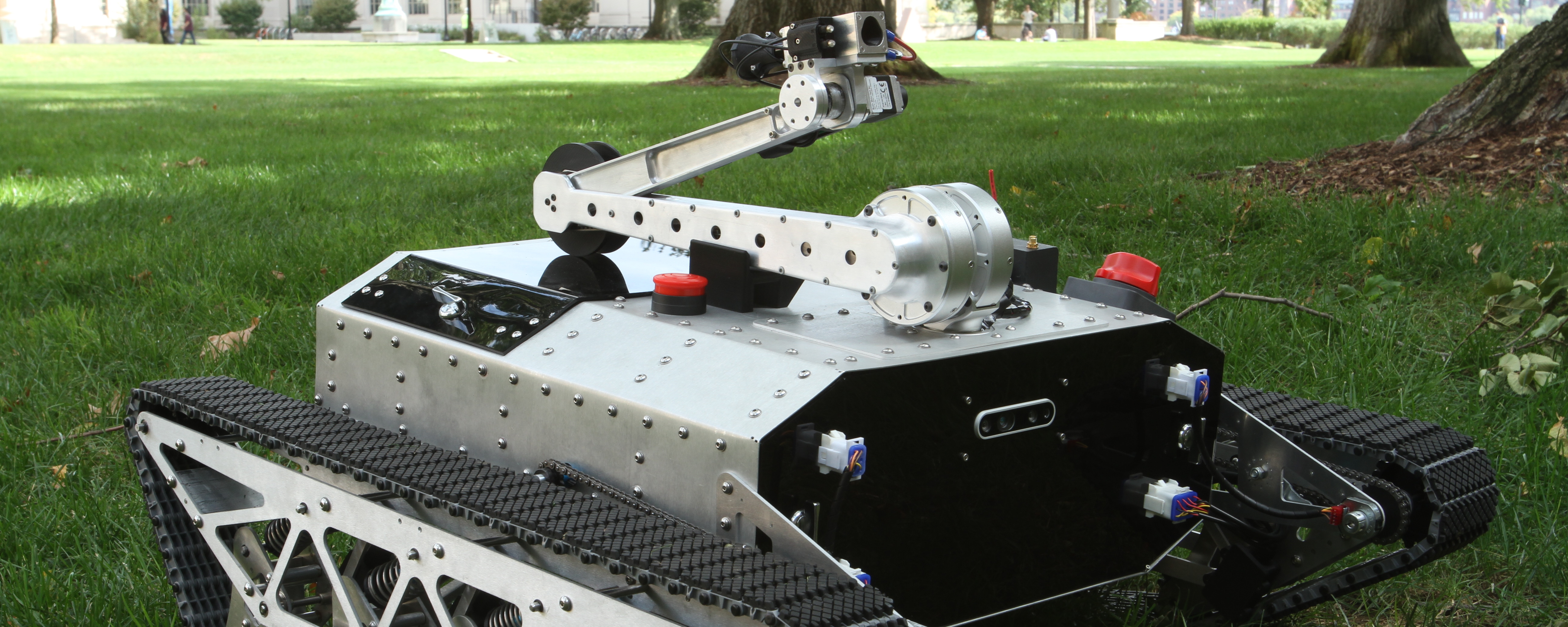
Agricultural Robotics
Agricultural pollution can have a lasting impact on the health of waterways and surrounding ecosystems. We are designing a versatile crop-scouting robot capable of autonomously collecting soil samples and directly measuring key soil health indicators in situ. This data informs targeted interventions that eliminate runoff pollution from free-ranging cattle and precision spreading that reduces fertilizer and pesticide waste.

Bovine Sensor Suite
A unified sensing platform for dairy cattle promises to help ranchers better diagnose whole-herd health and behavior, and its interplay with the surrounding environment. Real-time monitoring of bovine methane emissions will also allow farmers to steer effort toward sustainably reducing important greenhouse gas emissions.
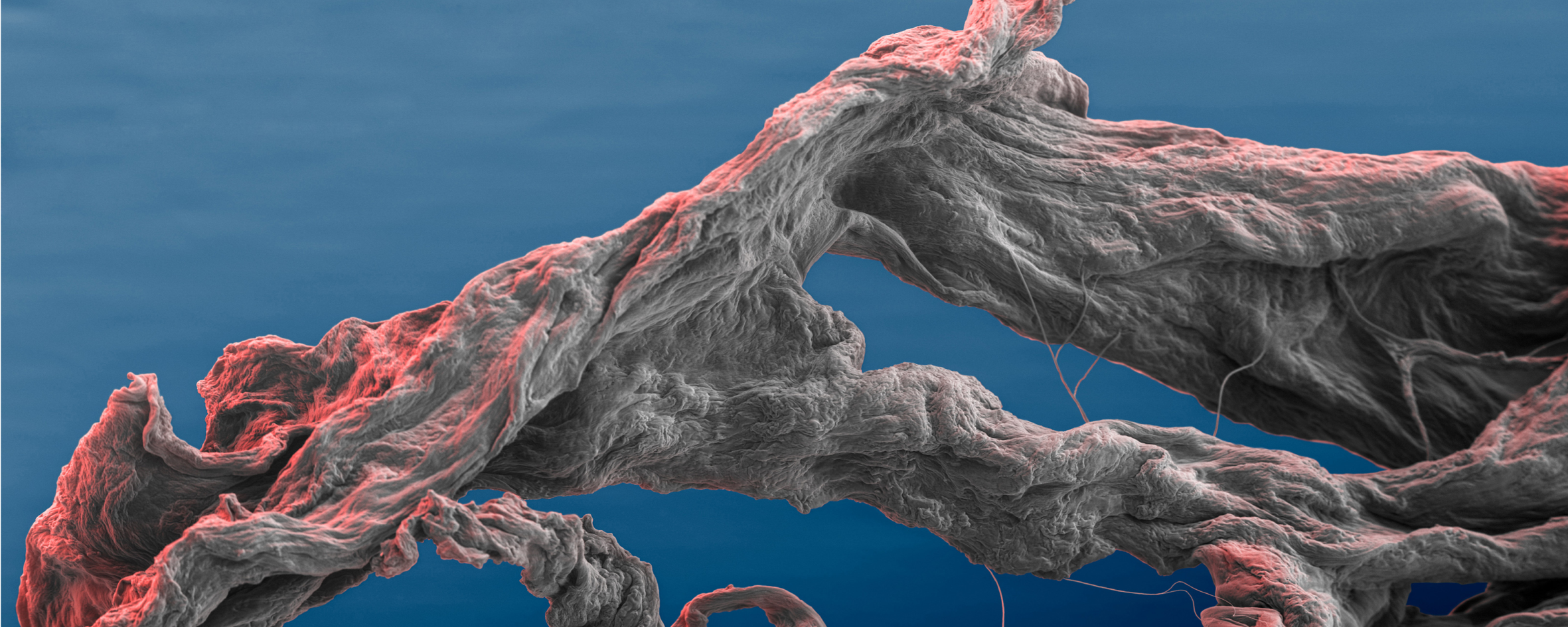
Bio-Nanomaterials
We aim to develop renewable alternatives for petrochemical materials sourced from nanocellulose, proteins, and other biopolymers. By engineering the polymers' molecular structure and leveraging novel manufacturing processes, we aim to develop high-strength transparent nanocomposites for aerospace, automotive, and food packaging applications.
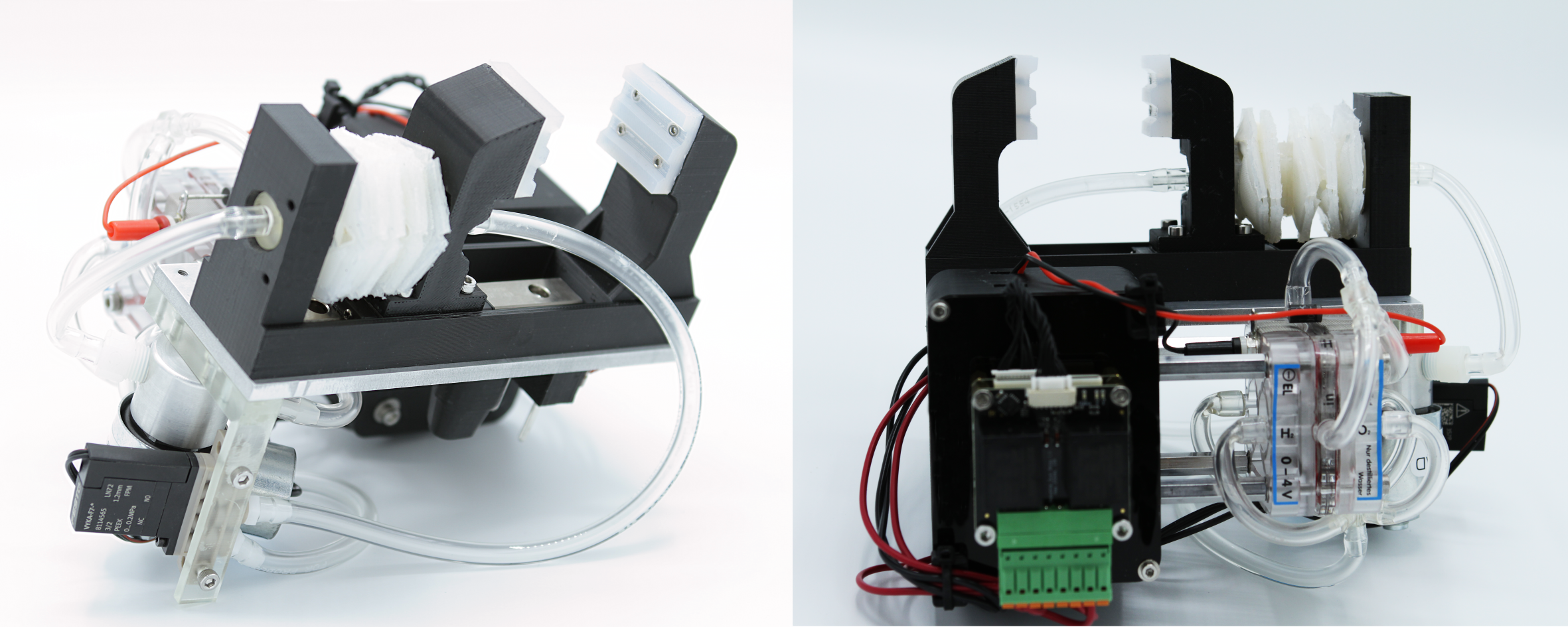
Fuel Cell Pneumatic Actuation
These novel soft muscles actuate in conjunction with reversible fuel cells, converting the pneumatic actuator's driving medium between its gas and more compact liquid phase to drive expansion or contraction - while recouping energy - for efficient, portable, high-strain pneumatics.

Geothermal Silica Control
We're working to mitigate the excessive silica-scaling within geothermal injection sites' well-bores, reducing geothermal energy's operating costs by maintaining injection capacity without redrilling. Our solution improves the handling of brine supersaturated with silica through electrochemical extraction and real-time characterization of the geothermal fluid.

Nonthermal Plasma Electrolytic Cells
Production of ammonia - a fertilizer and high energy density alternative fuel - accounts for 1.8% of global fossil fuel consumption and 1% of global CO2 emissions. Our lab is researching greener ammonia production through energy-efficient electrolytic cells, taking advantage of renewed interest in atmospheric-pressure plasma-liquid electrochemical systems as a replacement for rare metal electrodes and reaction-limiting catalysts.

Electrochemical Carbon Sequestration
Despite acting as carbon sinks during production, biofuels release CO2 when liberating their energy, regardless of whether they're combusted or electrochemically transformed. Chemically and non-invasively sequestering the purified CO2 stream from bio-fuel cells into the ocean could enable a carbon-negative - rather than carbon-neutral - alternative fuel economy.

Direct Ethanol Fuel Cell
Ethanol is a comparatively safe and environmentally friendly liquid alternative fuel with high energy density, potentially powering lightweight, low-cost electric vehicles, aircraft and shipping. Direct ethanol fuel cells can deliver convenient energy storage directly to electric motors - including compact, high-efficiency superconducting homopolar motors and high-torque conducting polymer motors.

Nonlinear System Identification
Black-box, nonlinear stochastic system identification techniques, such as Wiener, Hammerstein, and Volterra configurations provide broad frameworks of assumptions to model data. We develop, design, and construct specialized high-bandwidth instruments to deploy Nonlinear Stochastic System ID Techniques for both physical (conducting polymer films, novel robotic actuation) and biological (cardiac myocytes, knee joint dynamics, and the mechanical properties of skin) systems.

Micro Chemical Sensing Instruments
With modern scientific instruments, the ability to perform a full chemical analysis should be commonplace, but the size and cost of these devices limits accessibility. We've miniaturized the major chemical analytical instruments, keeping their final cost low enough to make Micro Chemical Sensing Instruments affordable to all and applicable to new industries. These μ-instruments include a mass spectrometer, gas chromatograph, electrochemical impedance, and Raman / stimulated Raman / NMR / UV-Vis-IR spectrometers.
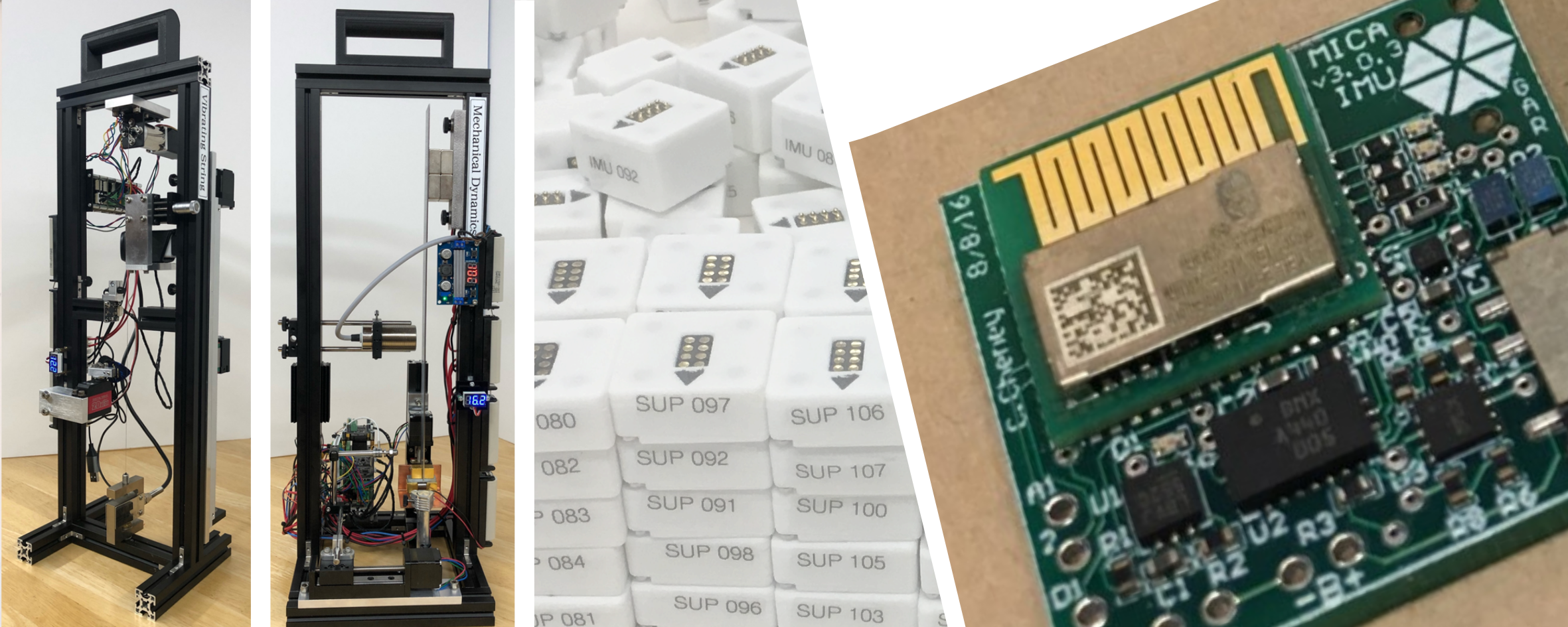
MICA Project
MICA (Measurement, Instrumentation, Control, and Analysis) is an educational initiative that aims to bring low-cost, wireless sensors and generators into the hands of students. MICA focuses on hands-on, objective-driven STEM education facilitated by robotics: sophisticated enough for research, simple enough for kindergarten. Featured in MIT courses 2.131 and 2.132/133 at the graduate and undergraduate level.
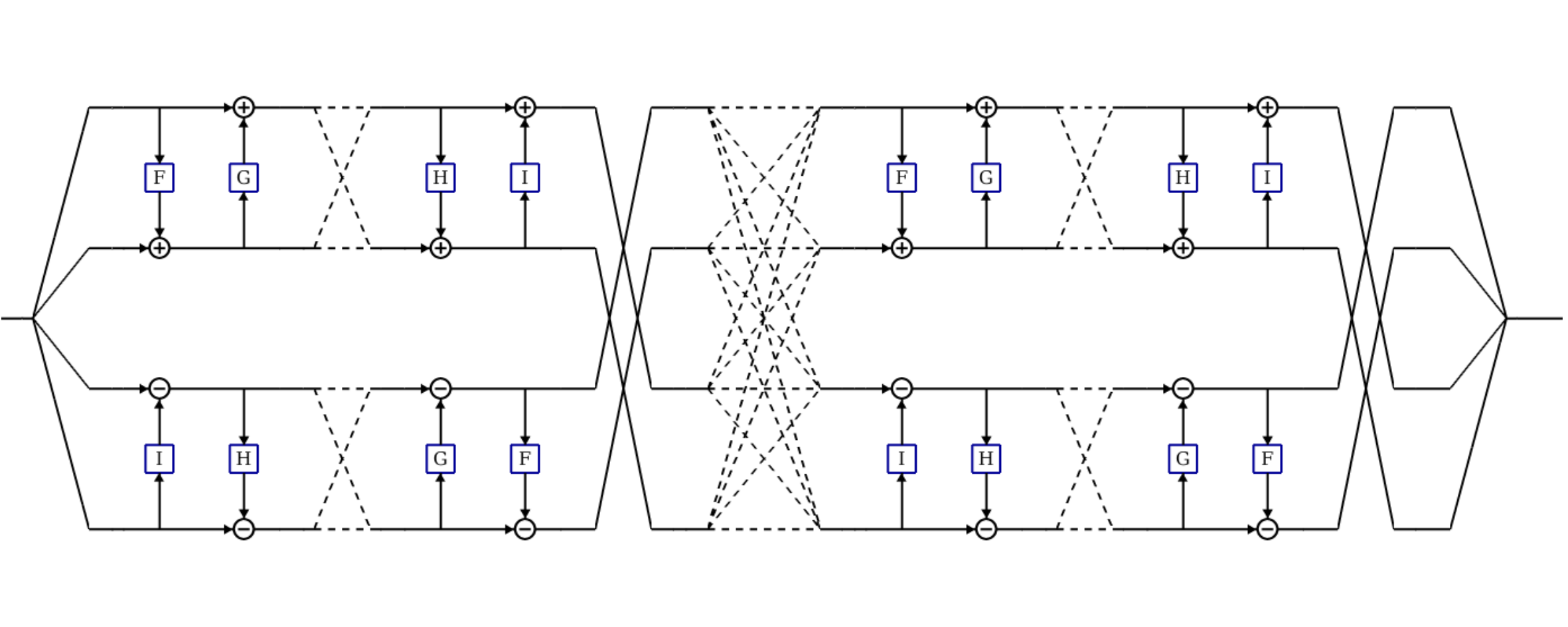
Automating the Scientific Method
We're developing new algorithms in advanced computational statistics and artificial intelligence (e.g. selecting optimal experiments for rapid learning), and design frameworks for automated, high-throughput laboratory instrumentation. These tools spearhead automated, intelligent experimentation with the potential to revolutionize scientific inquiry across disciplines.